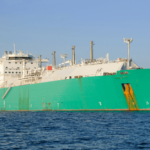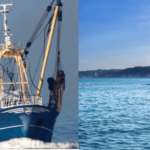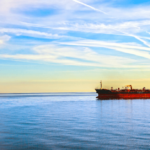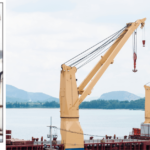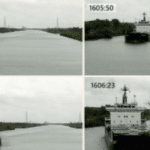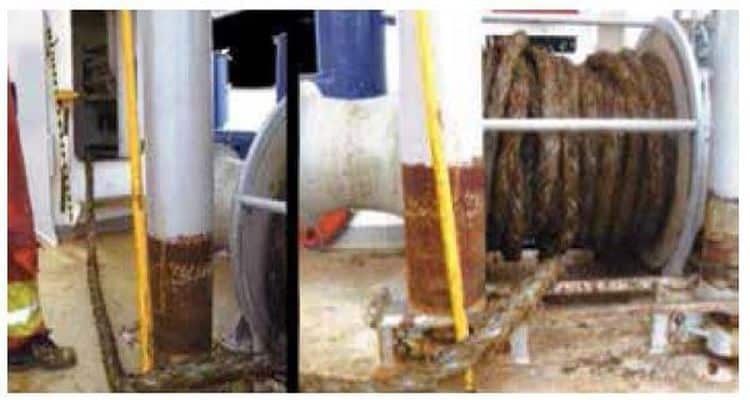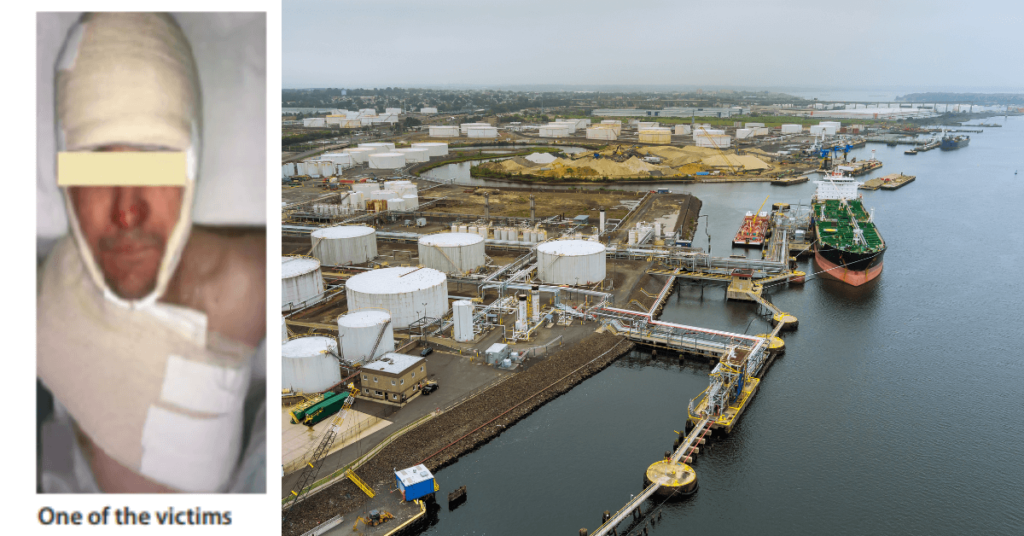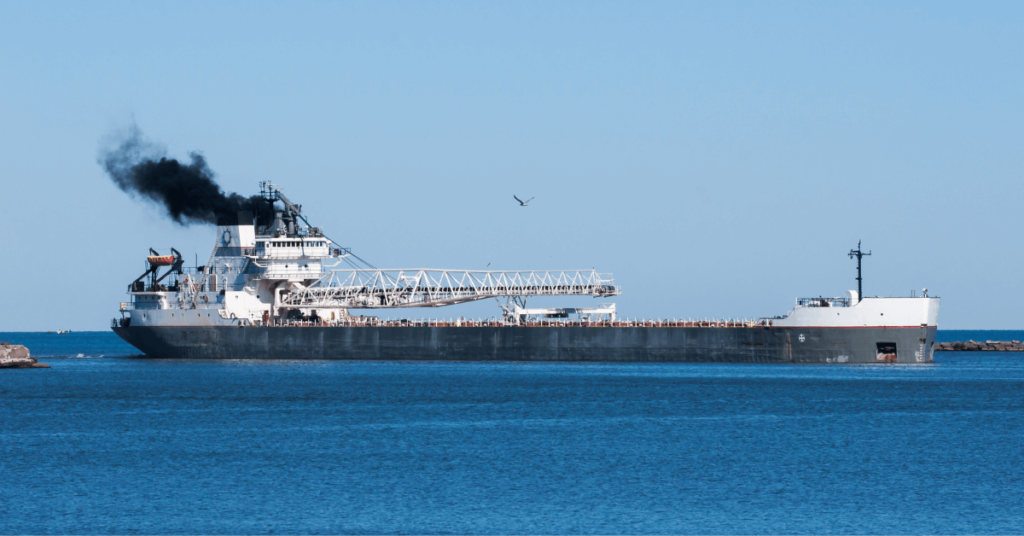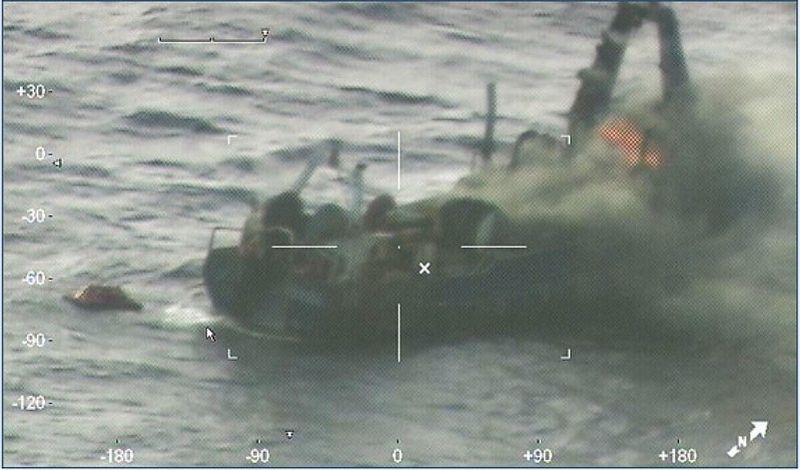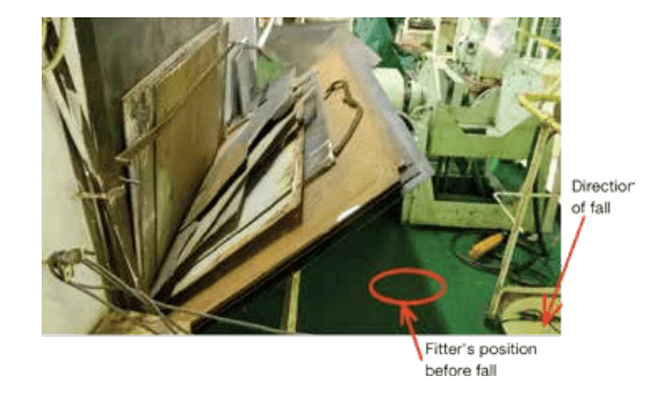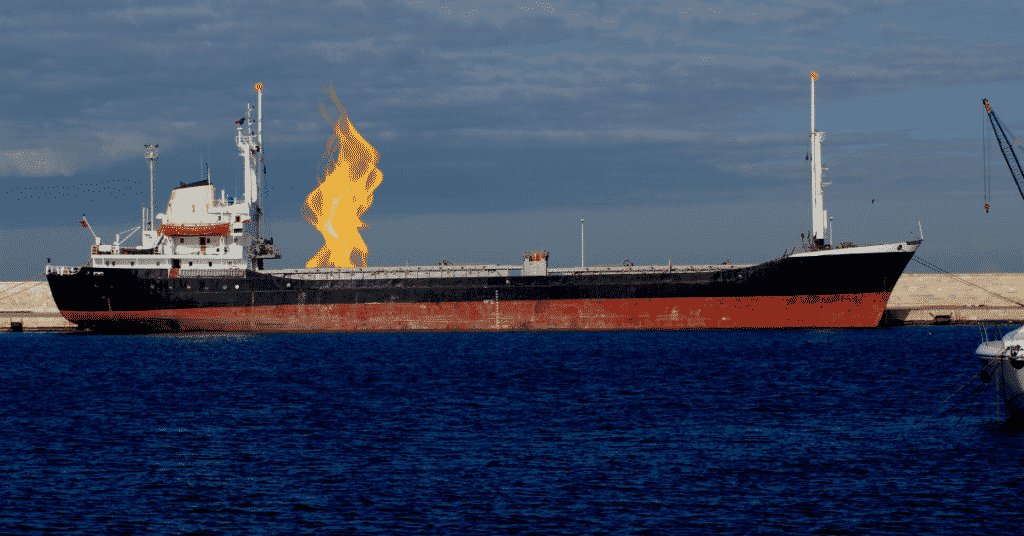Real Life Incident: Low Situational Awareness Has High Impact Consequence
Vessel A was making way at about 13 knots, gaining slowly on Vessel B which was making about 10 knots. The pilot of Vessel A observed Vessel B cross their bow from starboard to port about 0.5nm ahead.
Based on this action, the pilot assumed the vessel was headed for the North exit of the Traffic Separation Scheme (TSS). Up to this point, there had been no VHF communication between the two vessels. Vessel A continued to gain on Vessel B, and it appeared they would pass Vessel B on their port side at a distance of about 200 metres.


Meanwhile, on Vessel B, the lone watchkeeper was contacted by the local Vessel Traffic Services (VTS) on VHF. VTS inquired if they were headed to ‘K’ anchorage.
The OOW, although unsure of the exact anchorage, responded in the affirmative. The VTS then informed the OOW that in order to make ‘K’ anchorage they were required to navigate the Traffic Separation Scheme (TSS) on their starboard side.
The OOW was surprised but took the VTS advice as an order. He knew he had to act quickly to enter the TSS, so he informed VTS he was coming to starboard. He knew there was a vessel astern, but without verifying, he assumed it was still some way behind.
The local VTS immediately called Vessel A on VHF and informed the bridge team that Vessel B was destined for an anchorage and that the vessel would take the appropriate TSS to starboard. At about the same time, the pilot of Vessel A saw Vessel B begin to turn sharply to starboard, which meant that this vessel would cut in front his vessel. He attempted to call Vessel B on VHF but there was no response.
He ordered the main engine be put to stop, while the Master simultaneously ordered hard to starboard. At the same time the OOW of Vessel A blew a long blast on the whistle. Despite all this, a collision was now unavoidable and Vessel B collided with the port side of Vessel A. The starboard bow of Vessel A then struck the navigation buoy that had been close to starboard.
Lessons learned
- Assumptions made by both vessel operators on the actions or position of the other vessel contributed to this accident. Keep your situational awareness honed sharp and communicate with other vessel operators to augment understanding and shared mental models.
- When passing another vessel close by, as in this case about 200m, it may be advisable to have a mutual understanding of the manoeuvre.
Return to listing
Do you have info to share with us ? Suggest a correction
- Real Life Incidents: Near Miss In Open Water And Good Visibility
- Real Life Incident: Poor Situational Awareness Leads to Collision
- Real Life Incident: Monkey’s Fist Knocks on Office Window
- Real Life Incident: Paint Storage Slip-Up On Ship
- Real Life Incident: Checklist Mentality Is A Burning Problem
- Real Life Incident: Vessel Speed Exacerbates Bank Suction
Latest Case studies Articles You Would Like:
Subscribe To Our Newsletters
By subscribing, you agree to our Privacy Policy and may receive occasional deal communications; you can unsubscribe anytime.




